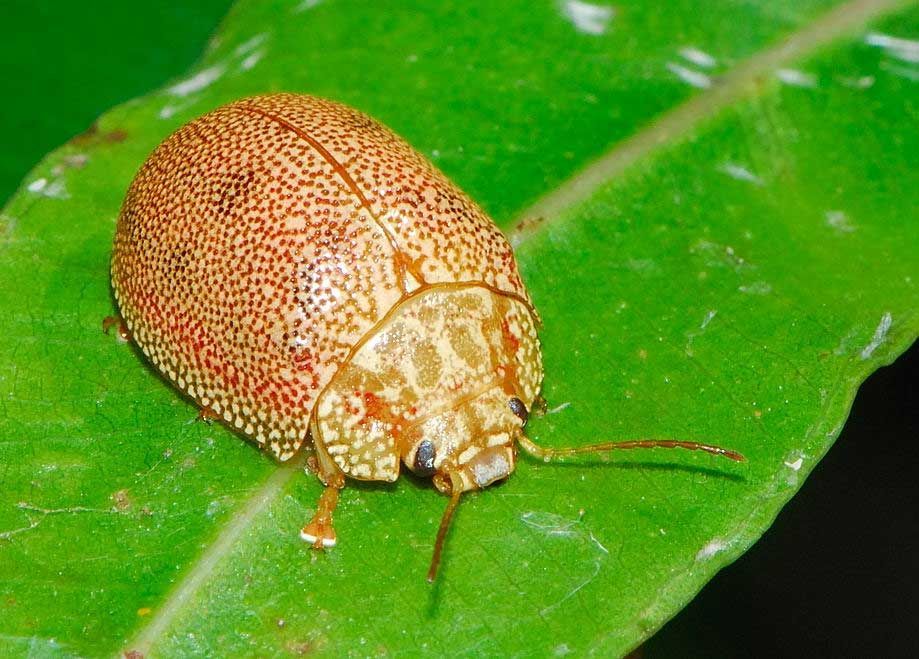Fall Fertilization and Pest Management: Why It Matters
As the leaves change and temperatures drop, many homeowners overlook an essential part of lawn and garden care: fall fertilization and pest management. Here’s why this seasonal maintenance is crucial for the health and vitality of your plants.
1. Strengthens Root Systems
Fall is the perfect time for fertilization because it encourages strong root development. A well-nourished root system helps plants store energy for the winter, leading to more vigorous growth come spring. Applying a microbial based fertilizer in the fall provides nutrients that support roots while minimizing growth above ground, which is ideal as plants prepare for dormancy.
2. Prepares for Winter
Fertilizing in the fall helps plants prepare for the harsh winter months. Nutrients like potassium enhance cold tolerance, making your plants more resilient against freezing temperatures. This preparation reduces the risk of winter damage and ensures a healthier start when the growing season returns. Consult with an Urban Forest Expert to see what your trees need to thrive.
3. Reduces Pest Populations
Fall is also a critical time for managing pests and diseases. Many insects, like grubs and aphids, are active in the cooler months and can cause significant damage if left unchecked. Applying insecticides or using natural pest control methods can help reduce their populations before they settle in for winter. Additionally, several lay eggs and overwinter during these months. It is a crucial time to get a pest population under control through eradicating eggs, overwintered or dormant insects, and more.
4. Disease Prevention
Certain diseases thrive in the fall, particularly fungal infections. By applying appropriate materials, you can protect your plants from these threats. Healthy plants with strong root systems are also less susceptible to disease, creating a double defense against potential outbreaks.
5. Improves Soil Health
Fall fertilization often involves adding organic matter, such as compost or liquid solutions, which enriches the soil. Healthy soil promotes beneficial microorganisms that enhance nutrient availability, improve drainage, and support overall plant health. This sets the stage for a thriving landscape in the spring.
6. Saves Time and Money
Investing in fall fertilization and pest control can save you time and money in the long run. Healthier plants are less likely to require extensive care and treatments in the spring, and preventing pest infestations can save costly damage repairs.
Conclusion
Fall is more than just a season of beautiful foliage; it’s a crucial time for preparing your garden and lawn for the future. By prioritizing fertilization and pest management now, you can ensure a vibrant and healthy landscape that thrives in the spring. Don’t wait—take action this fall to set your plants up for success!



